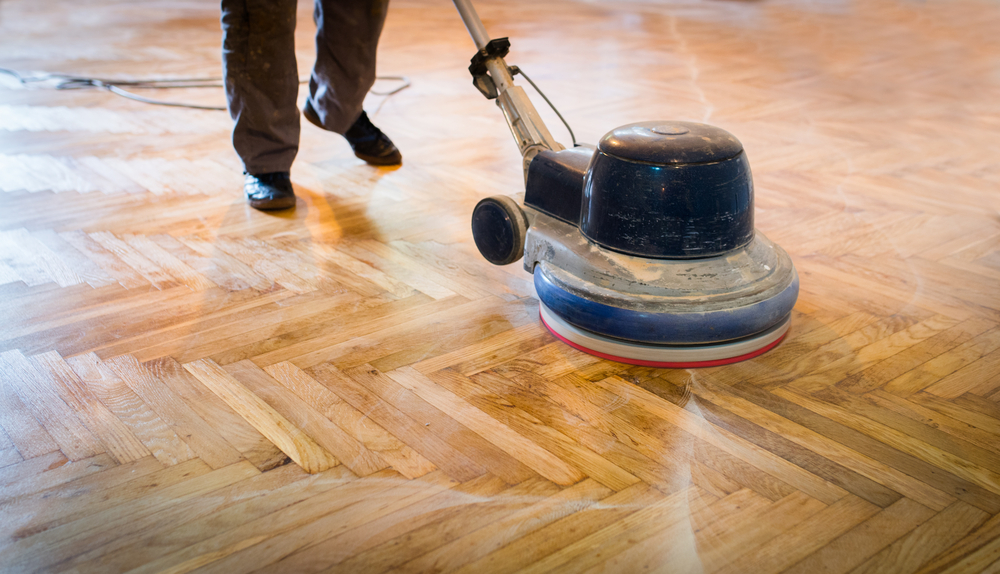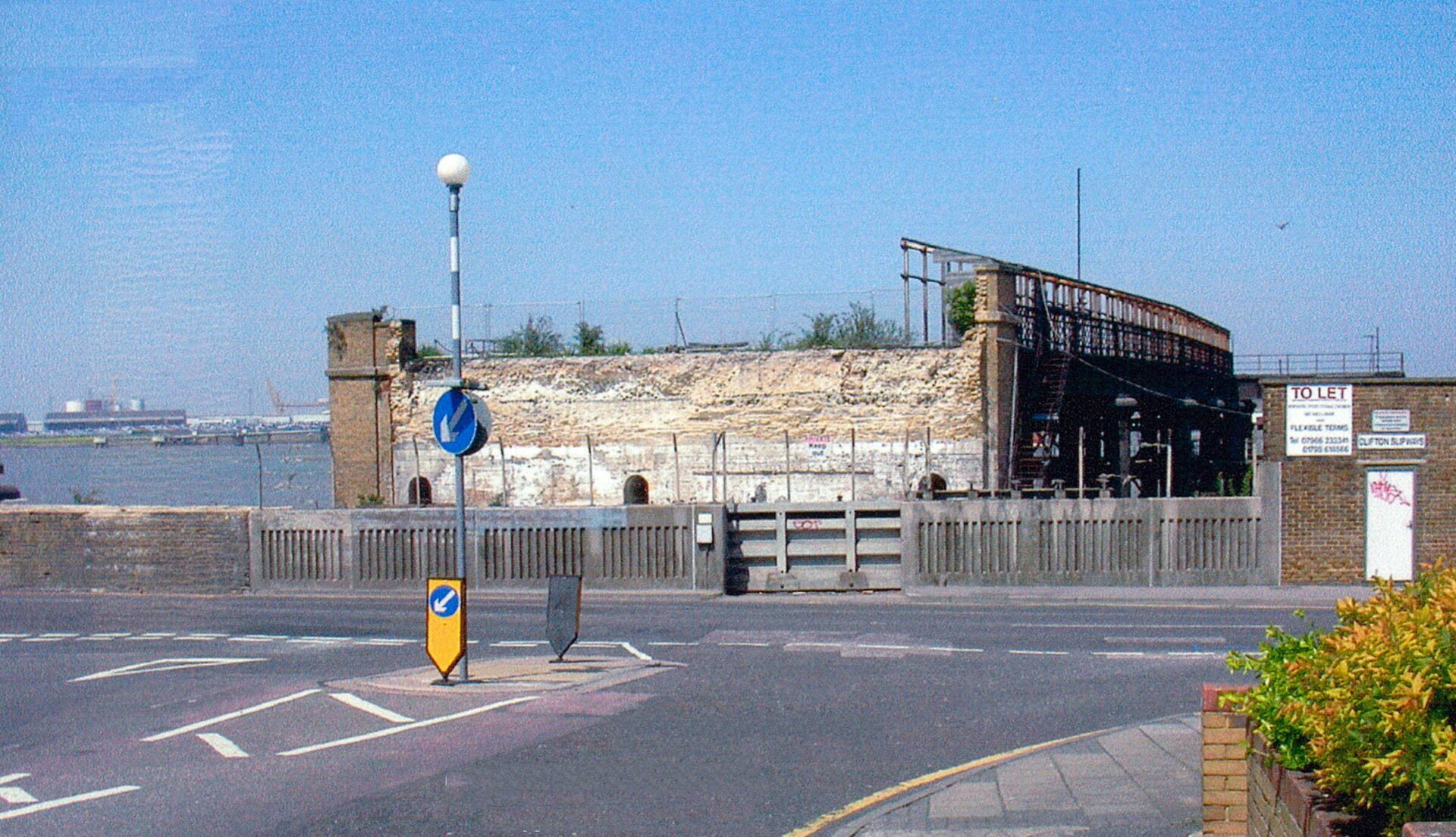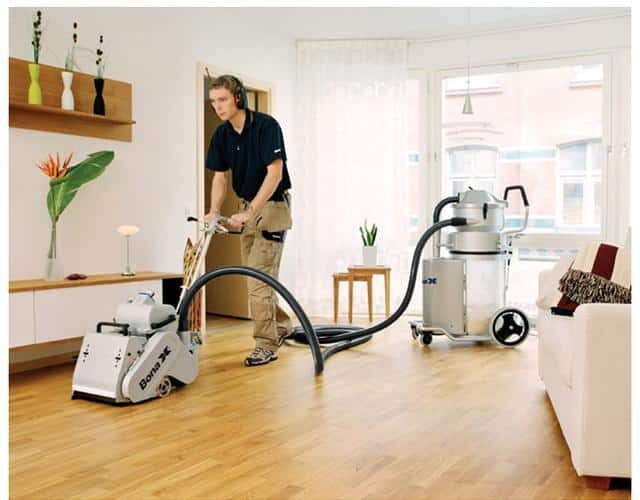London:
Nationwide:
Hand Scraping Floors: The Eco-Friendly Alternative to Sanding and Refinishing
Posted on August 29, 2023
Floor sanding techniques
Hand Scraping Floors: A Sustainable Touch of Craftsmanship
In the world of home renovation and design, floors often play second fiddle to wall colours, furniture, and decorative items. However, as many interior designers will tell you, floors are the unsung heroes of every space. They offer functionality and aesthetic appeal and can set the tone for your entire room. And as our awareness of sustainability grows, eco-friendly methods like hand scraping floors are increasingly coming to the fore. So, what’s the story behind this ancient technique, and why might it be the perfect fit for your home?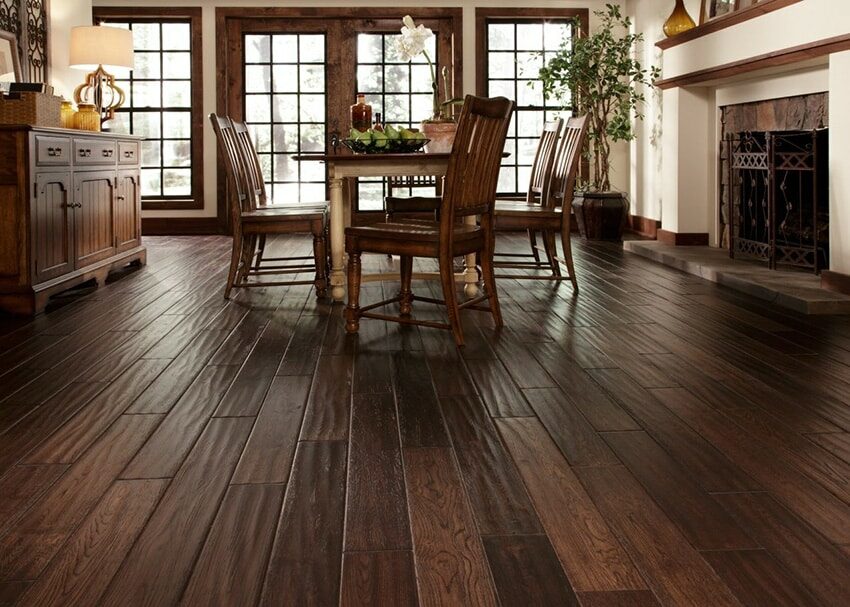
A Storied History
Hand scraping is by no means a novel concept. Long before the advent of modern machinery, artisans were employing this technique to create even surfaces. Originally, it was a necessary practice—a means to level out the unevenness in wooden planks. Over time, this evolved to be a hallmark of craftsmanship, delivering a unique and bespoke finish that modern machines often struggle to replicate.Why choose hand scraping?
While sanded floors have their own smooth charm, there’s something incredibly tactile and earthy about hand-scraped surfaces. But the appeal doesn’t stop at aesthetics.- Eco-friendliness: Sanding often employs machinery that requires electricity, producing greenhouse gas emissions. Moreover, the sanding process can remove a significant portion of the wood’s surface. In contrast, hand scraping uses minimal resources, retains more of the wood, and reduces waste.
- Unique Finish: Each stroke of the hand tool gives the wood a distinct texture, ensuring no two hand-scraped floors are identical. This brings a touch of bespoke luxury to your interiors.
- Longevity: Hand scraping often removes less of the wood’s surface compared to sanding. This means that your floors are likely to last longer and can endure more refinishing sessions in the future.
- Masks Imperfections: Over time, wooden floors naturally acquire scratches, dents, and other signs of wear. The textured surface of a hand-scraped floor can hide these imperfections more effectively than a smoothly sanded surface.

The process of hand scraping
For those unacquainted, the hand scraping process might sound like a Herculean task. In truth, while it requires skill, patience, and a keen eye for detail, the steps are fairly straightforward:- Preparation: Clean the surface of any dust, grime, or foreign particles. This ensures that the scraping tool works directly on the wood and not on accumulated dirt.
- Choosing the Right Tool A hand scraper, often made of a hardened steel blade, is the tool of choice. The size and shape can vary depending on the desired finish.
- Scraping: Using controlled, steady strokes, the craftsman will work methodically across the surface. The process not only levels out the floor but also imparts that sought-after texture.
- Finishing Touches: Once the scraping is done, the floor might be treated with a light sanding, just to smooth out any overly rough spots. Finally, a coat of sealant or finish is applied to protect the wood and enhance its appearance.
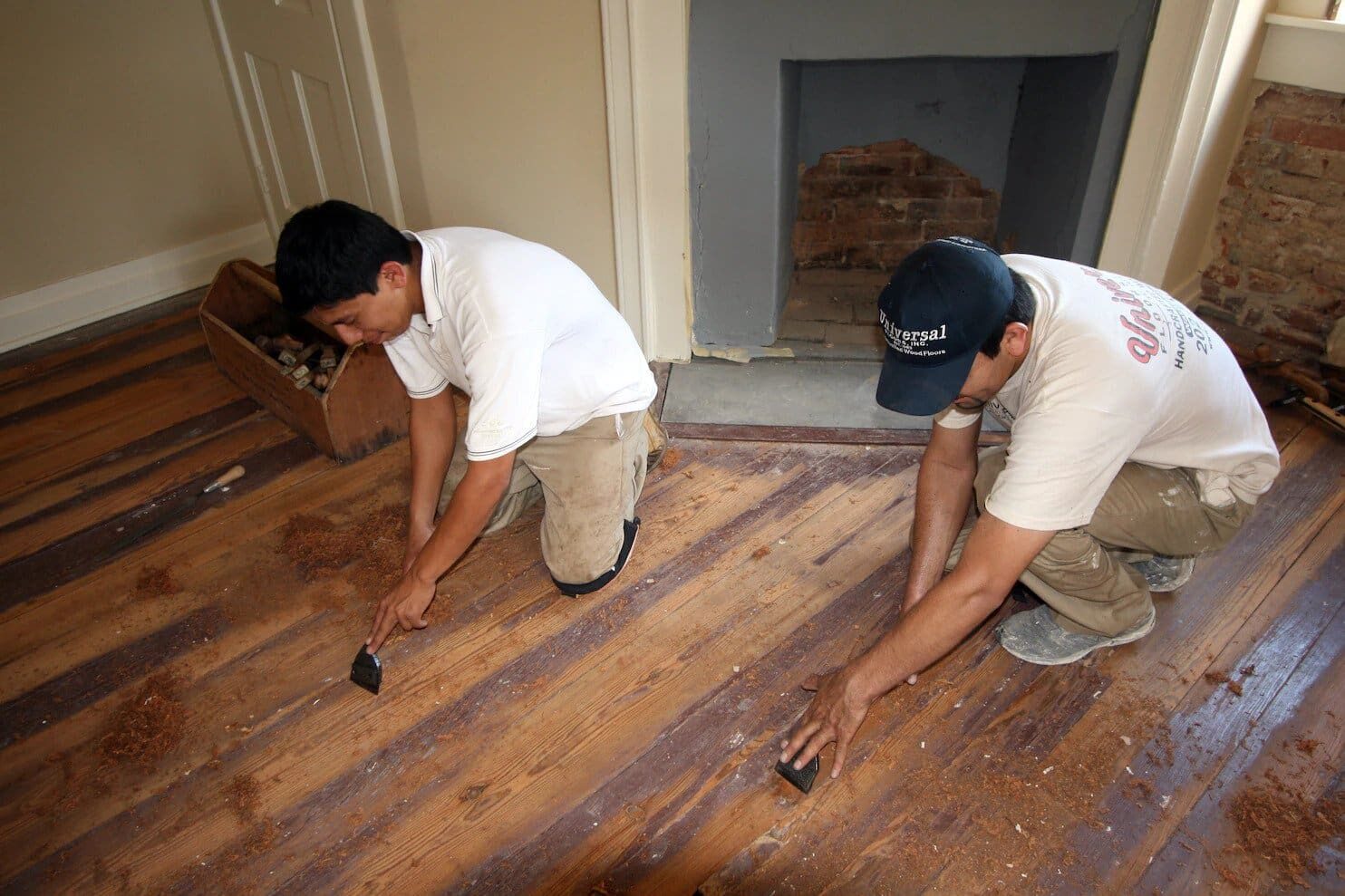
The Value of Craftsmanship
In a world increasingly dominated by machine-made products, there’s an undeniable charm to items crafted by human hands. The imperfections, the personal touch, the hours of labour—they all contribute to a narrative—a story of dedication, skill, and artistry. Hand scraping, while undoubtedly more time-consuming than sanding, speaks to those who value this narrative. It’s not just about having a floor. It’s about having a floor that tells a story.Preserving historical charm
The Renaissance period saw a surge in handcrafted goods, including intricately hand-scraped floors. Walking through many an ancestral home or historical edifice, one can witness this artistry firsthand. Choosing this method of floor finishing isn’t merely about adopting an eco-friendly alternative; it’s about embracing and preserving a rich historical tradition.Practical Benefits
Beyond aesthetics and environmental consciousness, hand-scraped floors also offer functional advantages:- Comfort: The slightly uneven surface can be surprisingly comfortable underfoot, giving a natural, organic feel compared to the ultra-smooth finishes of sanded floors.
- Safety: That added texture can prove advantageous, offering additional grip, especially in areas prone to getting wet, like kitchens or near entrances.
- Low Maintenance: The grooves and textures, by virtue of their design, hide dirt and scuff marks better than a pristine sanded surface. This means less frequent cleaning and longer intervals between refinishings.
A personal touch
In an era where mass production is the norm, choosing hand-scraped flooring is a statement in itself. It’s not just about flooring. It’s about introducing a piece of art into your home that reflects your personality and values. Each groove, each little imperfection, becomes a testament to the artisan’s dedication to their craft and your commitment to quality and individuality. Hand scraping, therefore, becomes more than a technique; it becomes a conversation starter, a tale of history, craft, and personal choice interwoven into the very fabric of your living space.Conclusion
As eco-conscious choices become not just a trend but a necessity, techniques like hand scraping are rightfully enjoying a renaissance. Beyond the ecological benefits, the allure of a unique, handcrafted finish cannot be understated. So, the next time you’re considering renovating your floors, perhaps it’s time to think beyond the hum of sanding machines and embrace the meticulous art of hand scraping. After all, our homes are extensions of ourselves, and what better way to express individuality than with a floor that’s quite literally one in a million?Some Useful Links:
- Stairs Sanding & Refinishing
- Floor Sanding Services
- School Floor Sanding
- Wood Floor Restorations
- Wood Floor Repairs
- Wood Floor Polishing
More from our Blog:
Tips and Tricks for Hand Scraping Hardwood Floors Like a Pro Hand Scraping vs. Sanding Floors: Which is Better for Your Home? Step-by-Step Guide to Hand Scraping Floors: Tools and Techniques The Benefits of Hand Scraping Floors: Why It’s Worth the Extra Effort How to Hand Scrape Hardwood Floors for a Unique and Rustic Look The Art of Hand Scraping Wooden Floors: A Comprehensive Guide Orbital Sanding for Commercial Flooring: Best Practices and Tips The Importance of Proper Sanding Techniques in Orbital Sanding How to Use an Orbital Sander on Stairs
Sanding
We provide virtually dust-free sanding with our continuous belt machinery with mobile extraction units, giving you a safer environment for your family.
Oiling
This organic finish not only adds beauty to your home but also has exceptional water-repellent characteristics, making it easier to clean and maintain.
Waxing
This natural floor finish offers the softest and most mellow appearance – and leaves your floor able to breath.
Buffing
Using soft buffing machines (and hand-polishing where required) will bring a wonderful sheen to your newly-finished floor.
Repairs
We offer a full assessment of your wooden floors to determine what repairs are needed to provide the perfect working surface for the later stages of sanding, staining and sealing.
Restoration
We offer a comprehensive restoration process designed to address floors that are improperly fitted or damaged over time through wear and tear.
Request a fixed price quote for your wood floor restoration now
Simply enter your postcode below to get started.
Services
Wood Floor Sanding Wood Floor Restoration Wood Floor Scratch Repair Squeaky Wood Floor Repair Parquet Floor Sanding Parquet Floor Restoration Commercial Floor Sanding Church Floor Sanding Community Centre Floor Sanding School Floor Sanding Gap Filling Gap Filling with ResinCopyright © Mr Sander®
Privacy & Cookies Terms & Conditions Complaints Procedure Cancellation Rights Sitemap